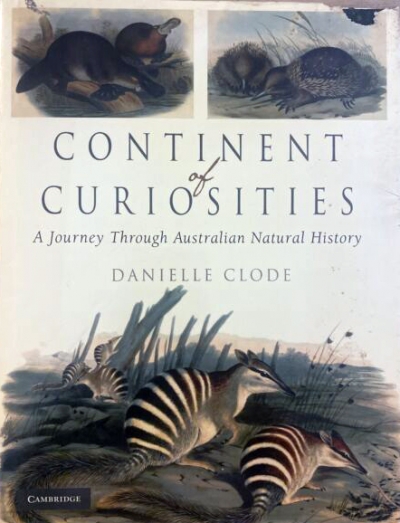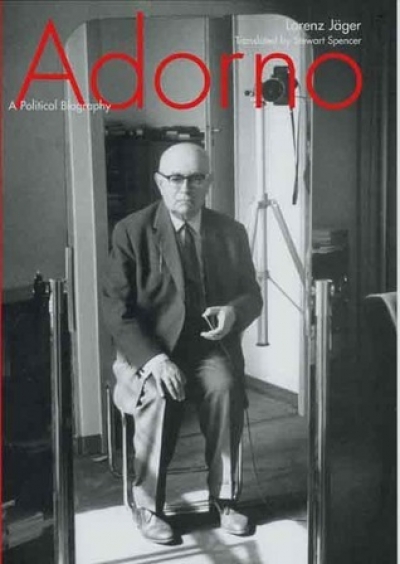Cambridge University Press
Continent of Curiosities: A journey through Australian natural history by Danielle Clode
by Peter Menkhorst •
An earlier version of this history of Victoria first appeared in 1984 as Our Side of the Country. Though for the past sixteen years Sydney-born politicians Paul Keating and John Howard have usurped Victoria’s former almost constant ‘top position’ in Canberra, the possessive pride reflected in that early title still runs through this modern version ...
... (read more)Fabianism and Culture: A study in British socialism and the arts 1884–1918 by Ian Britain
by Ian Britain •
Encyclopedia of Melbourne edited by Andrew Brown-May and Shurlee Swain
by Tony Marshall •
The Cambridge Companion to American Modernism by Walter Kalaidjian
by Heather Neilson •










